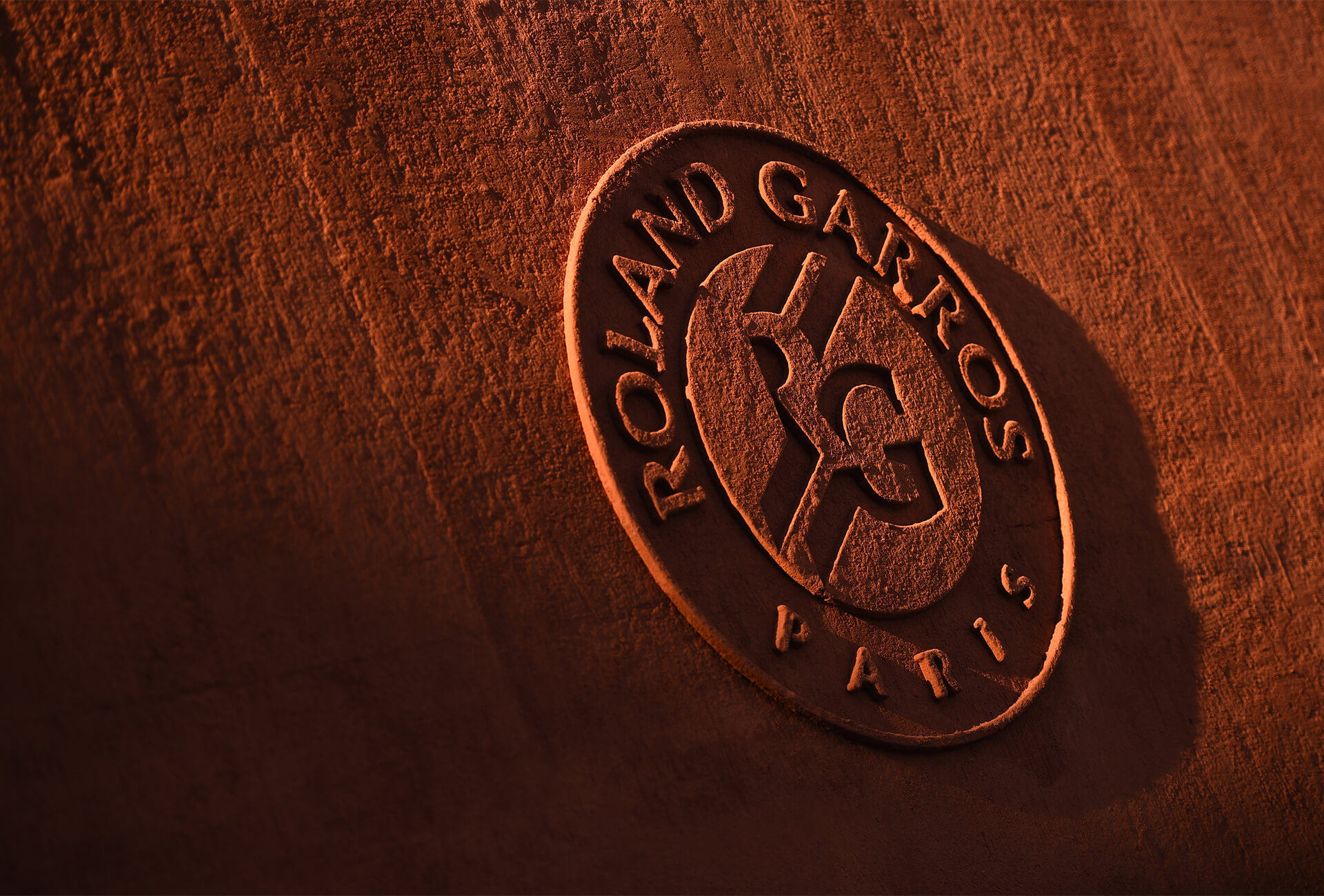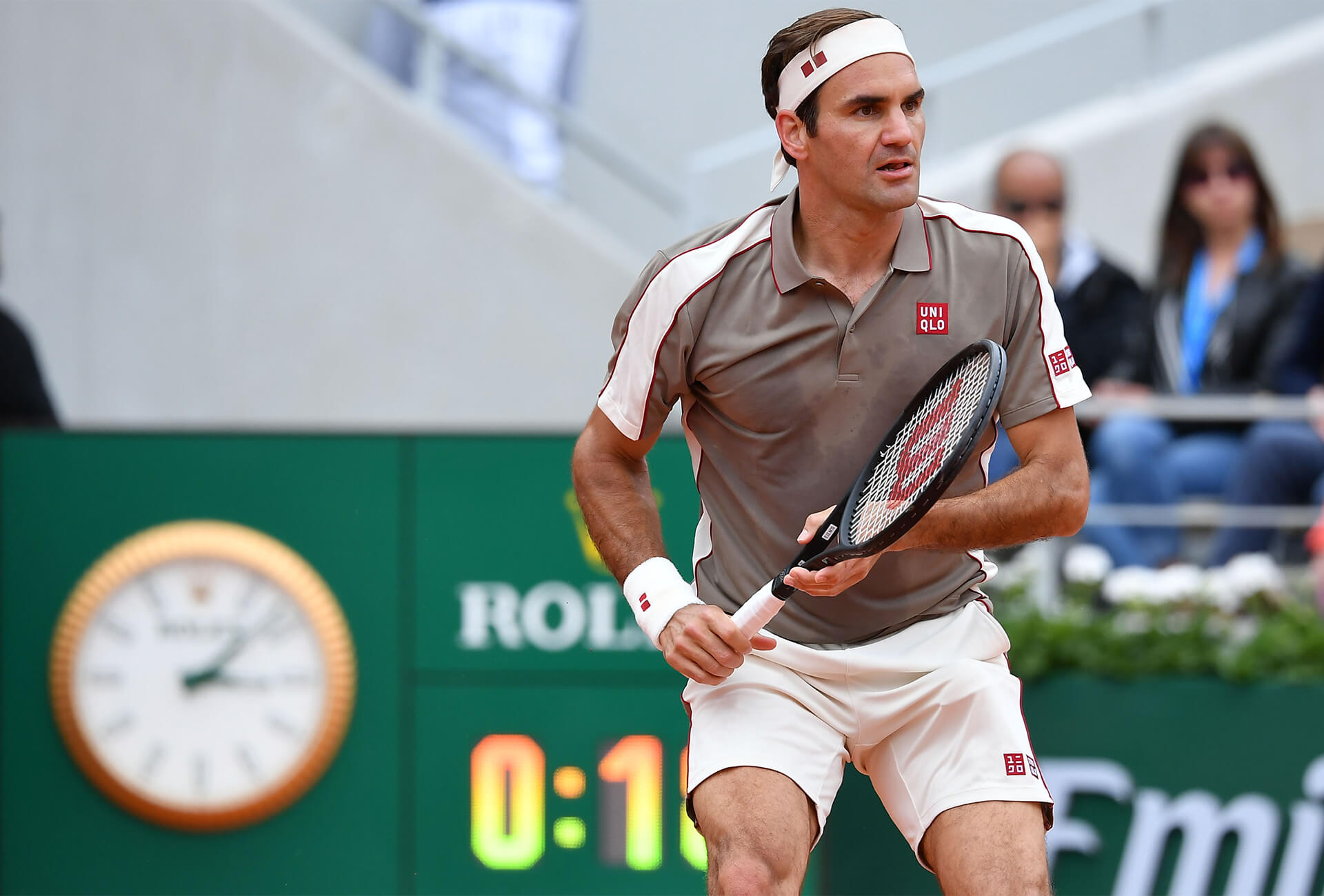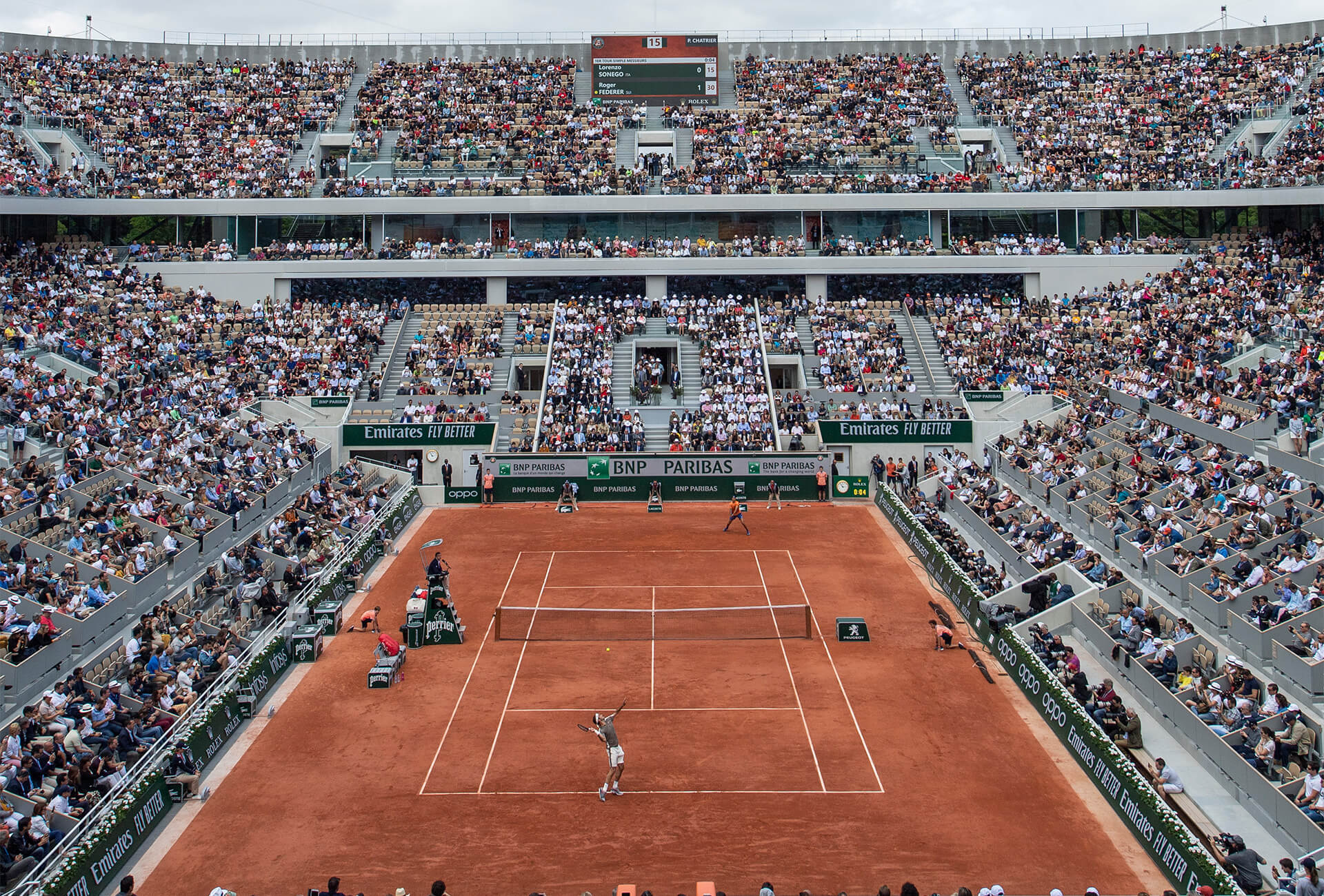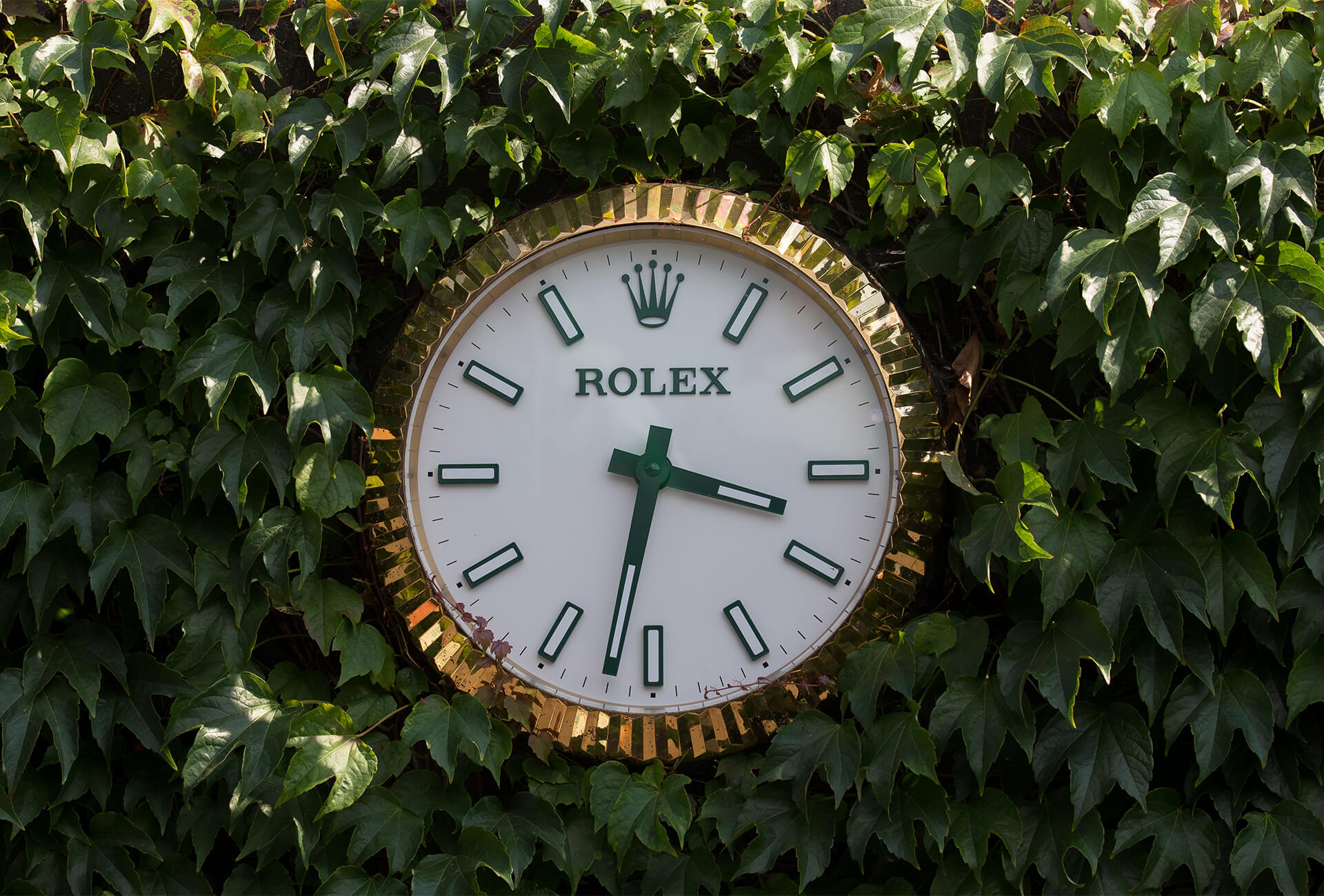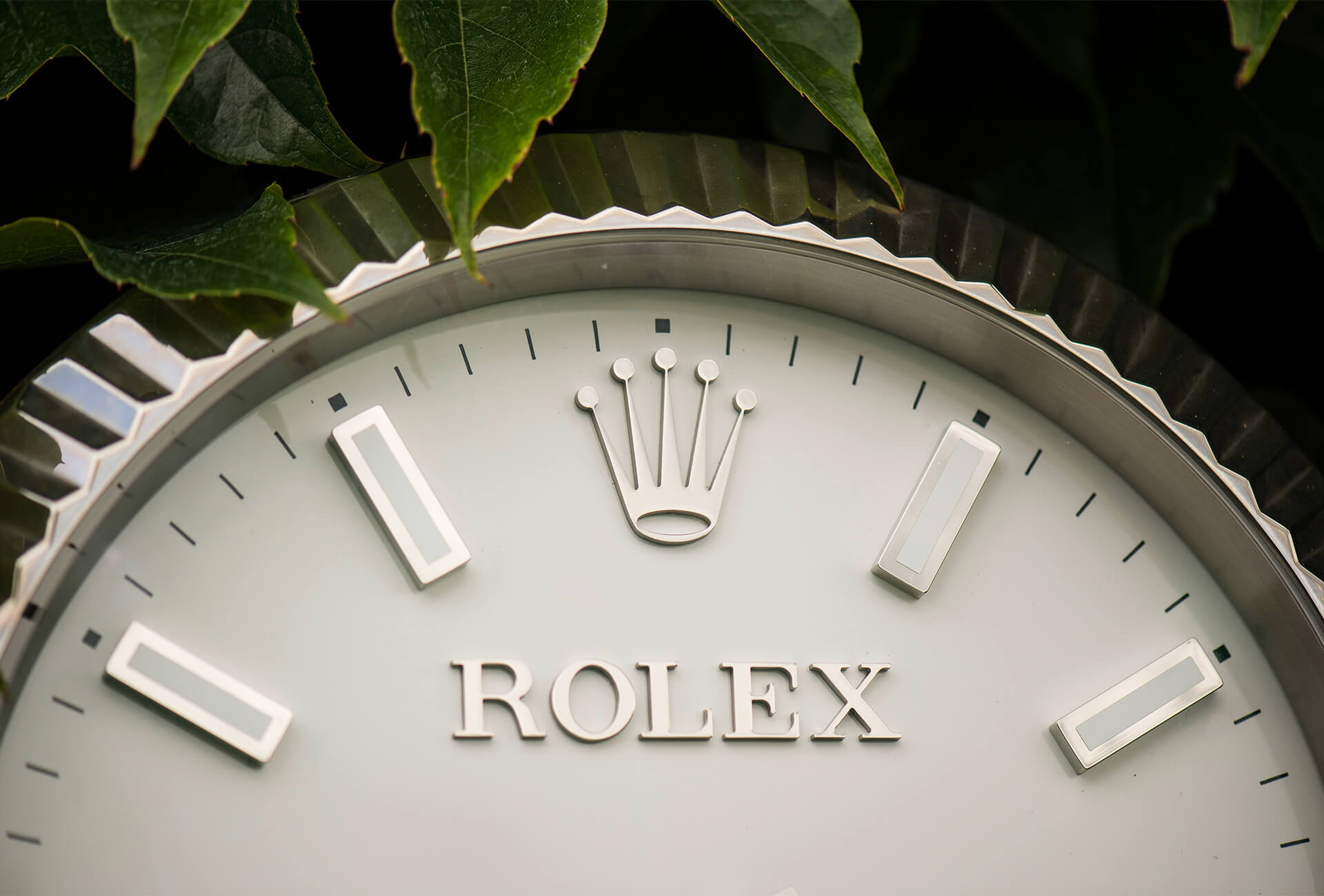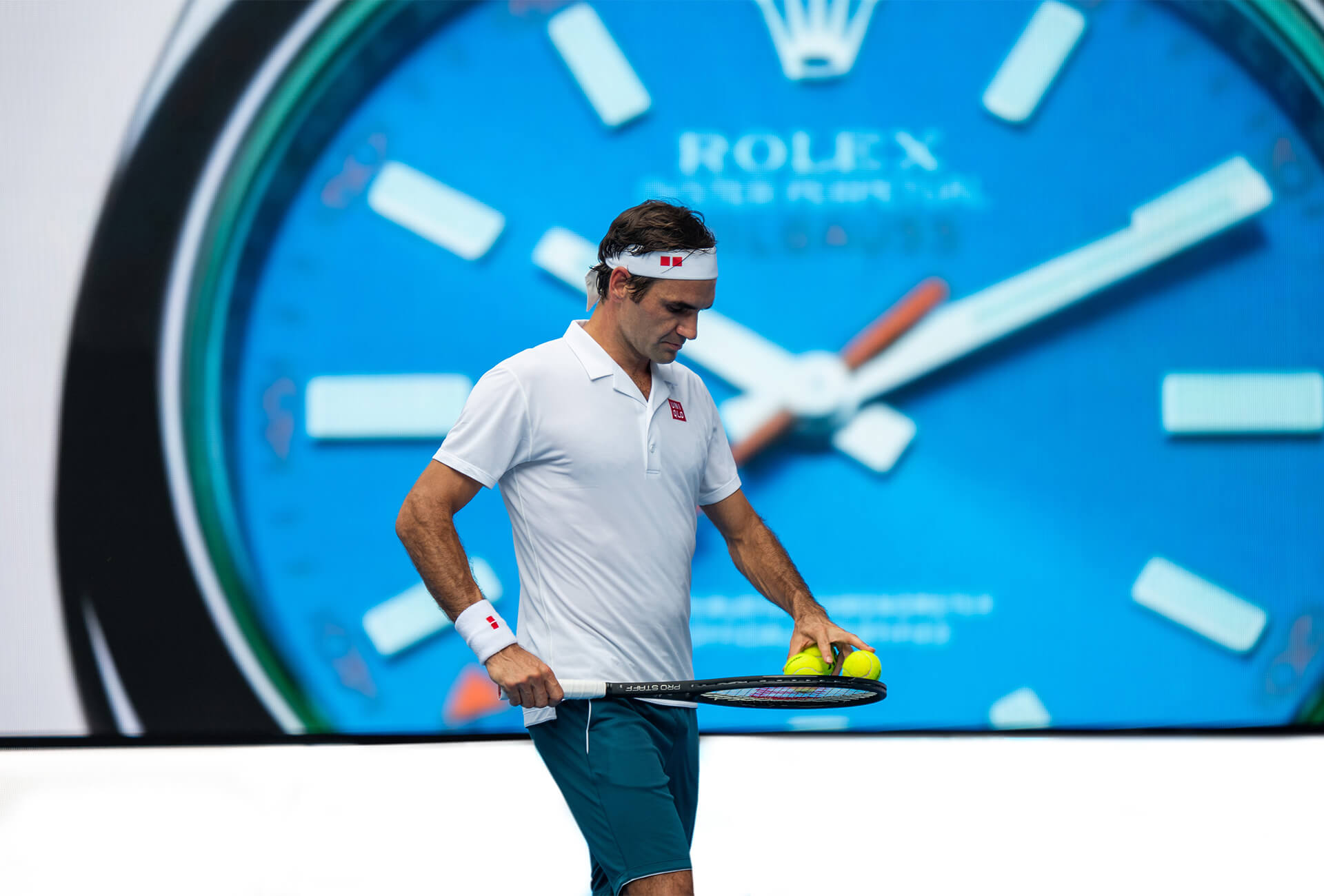Buying a Rolex watch isn’t as simple as strolling down to your local authorised dealer and picking a model from the display case. Customers get in line (a long line), and only the chosen few will have access to the most in-demand models. Then it’s a one-year wait for the warranty papers: Rolex’s way of preventing profiteering, even speculation, on the pre-owned market. All of which begs the question, is there any need for Rolex to go on banging its drum? According to the latest Morgan Stanley numbers, Rolex retail sales were worth a whopping $11.1 billion in 2018 for a market share estimated at 22.2%. The brand is again the top-ranking company on the Global RepTrak 100 from the Boston-based Reputation Institute. Surely these watches sell themselves, and yet that drum rhythm keeps on getting faster. Sports sponsorship consultancy Sponsorize puts Rolex ahead of every other watch brand with an annual spend in the region of €180 million, followed by Omega (~€160 million), Hublot (~€100 million) and TAG Heuer (~€90 million).
It's not what happens in 2020 that's important, it's what will happen in 2026 or 2035.
With the French Open in full swing, tennis is a telling example of Rolex’s long-term strategy, whereby the brand is prepared to sit tight and wait to secure a top-tier sponsorship opportunity. As Arnaud Boetsch, a former tennis champion and now communication and image director for the brand, explains, “the need to nurture brand image and deliver messages that connect with our values is always there. Why we’re here, what we do. It’s not what happens in 2020 that’s important, it’s what will happen in 2026 or 2035. We show what we do, who we’re doing it with, and why.” On the tennis circuit, Rolex has been “showing what it does” for more than forty years, ever since its first partnership in 1978 as the official timekeeper of the prestigious Wimbledon championship. From the all-white dress code for players to the code of conduct when queuing for tickets, the tournament is steeped in tradition which is certain to appeal to the brand. It’s also where Roger Federer, under contract with Rolex since 2004, has pulled off a record eight wins, between 2003 and 2017.
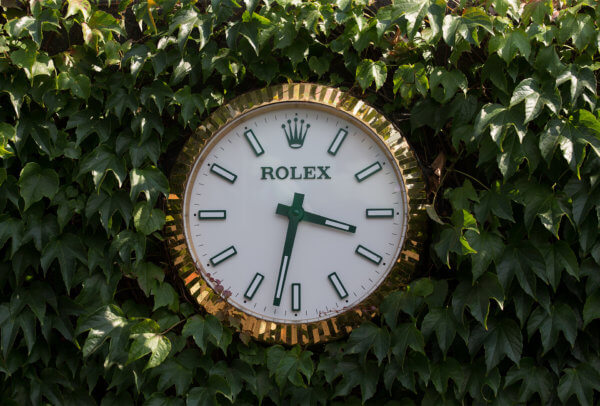
First one, then four
Following these first steps on Wimbledon’s hallowed lawns, Rolex significantly expanded its presence court-side in the 2000s, after its deal with the Swiss champion who was already delighting fans with his fabulous play and gentlemanly behaviour. The Australian Open became the next major tournament to join the Rolex stable in 2008, followed by the US Open in 2017 then the French Open, a partnership announced last year after Longines quit. Extensive building work at the Roland-Garros stadium in Paris – including the complete renovation of the Philippe-Chatrier central court which will shortly be equipped with a retractable roof – is proof of the French Tennis Federation’s determination to create a complex worthy of this Grand Slam competition, with a corresponding hike in the cost of a sponsorship deal. For a brand which, as Arnaud Boetsch confirms, allocates over a third of its communications budget to sport, Rolex wasn’t going to miss out on the opportunity to complete its own Grand Slam by sealing partnerships with all four tennis majors. “Throughout its history, Rolex has been associated with events that show their discipline at its finest,” says Boetsch. “Every Grand Slam tournament has its own personality, identity and territory. And that’s very important to us. The brand associates itself first and foremost with a human, emotional side, with an experience. The French Open’s identity isn’t the same [as that of the other tournaments] and yet we find the same values of quality, prestige, excellence and competition at all four.”
Rolex doesn’t limit its presence to the four major dates in the tennis calendar. Its dials are also seen at nine ATP (Association of Tennis Professionals) Masters 1000 events, including three (Monte-Carlo, Shanghai and Paris-Bercy) as title sponsor. Then there are the players who wear the brand’s colours, recruited among present-day champions as well as past winners such as Bjorn Borg, Rod Laver and Chris Evert. They form a Rolex “family” whose watches are worn like trophies, each with its own story. For Roger Federer, that story is about lifting the Wimbledon trophy in 2009, his Oyster Perpetual Datejust II on his wrist, after breaking Pete Sampras’ all-time Grand Slam record. A taste of what’s to come at the French Open on Sunday?








